Our relationship with our minds is influenced by the manner in which we describe them.
The term neurodivergent has gained name and popularity with a lot of people in recent years as an expression of the natural differences in the way the brain thinks, feels, and perceives the world. This includes autism, ADHD, dyslexia, and others, focusing on the difference and not the disparity.
But what about trauma?
The brain of millions of people with post-traumatic stress disorder (PTSD) works differently after the experience of an overwhelming experience. Hypervigilance, flashbacks, emotional flooding, and the inability to feel safe in the present are involved. These transformations are actual, quantifiable, and incredibly human. Then, it is logical to ask, does PTSD neurodiverge someone?
The answer is no, in the short run but the whole narrative is kinder and gentler than a name could tell.
Understanding: The Brain After Trauma
PTSD is not a neurodivergent disorder, but rather a mental health disorder associated with trauma.
Where neurodivergence represents differences in the innate neuro-wiring of the brain (which could have been developmental), PTSD is an adaptive stress response of the brain to severe stress or threat.
In case of the brain having been traumatized, various important parts alter the way they operate:
Amygdala: The alarm center of the brain is hyperactive and it is always on the lookout to detect danger even where it is not necessary.
Hippocampus: It is involved with memory and context and can either shrink or get out of control, resulting in discontinuity in recall and the loss of time.
Prefrontal Cortex: The center of logic and reasoning can become out of order in the case of chronic stress, and it is difficult to engage in calm reflections during the possible activation.
These modifications do not imply that the brain is broken. They imply that the brain is shielding.
This protection system remains active for an individual with PTSD. It is as though the brain has got its emergency lights on even after the storm had subsided. With time, it causes exhaustion, lack of connection, and confusion, particularly when other people want you to move on.
Therefore, PTSD may not be neurodivergent by nature, but it definitely forms a neurobiological gap in the way someone views and reacts to the world. It is not a developmental difference; it is an adaptive survival map.
Also read - 17 symptoms of complex ptsd
Integration: Healing as Recalibration
If trauma rewires the brain, the path forward is about neural recalibration, not control.
We’ve seen that healing the nervous system isn’t about suppressing reactions; it’s about listening. When the brain feels heard and safe, neuroplasticity brain’s ability to form new connections, turns healing into biology.
Simple, consistent practices can help:
Ground in the body.
Sensory awareness, breathwork, or gentle movement help bring the body back to the present moment. Trauma often lives in sensation long before thought.
Regulate before you reason.
The brain can’t process logic while in fight, flight, or freeze. Calm the body first, soft lighting, rhythmic sounds, and slow breathing signal the amygdala that safety has returned.
Build rhythmic experiences.
Light and sound technologies like neuroVIZR work with the brain’s natural oscillations, helping shift it from hyperarousal to regulated focus or rest. This isn’t about forcing calmness but guiding the brain toward coherence.
Practice compassionate curiosity.
Instead of asking “What’s wrong with me?” try “What happened to my nervous system?”
This shift moves healing from self-blame to self-understanding cornerstone of neuro-integration.
The brain after trauma isn’t a malfunctioning machine; it’s a survivor’s organ. It has learned to prioritize survival over peace. Healing teaches that peace is safe again.
Transformation: From Pathology to Understanding
When we see PTSD as a malfunction, we create distance and shame. When we see it as an adaptation, we open a door to empathy.
PTSD changes brain activity patterns, but these changes are reversible. Studies in neuroplasticity show that the brain can reorganize its circuits in response to consistent, safe, and patterned input.
This is why many trauma survivors describe recovery as reclaiming presence. The brain gradually learns that it no longer needs to guard every doorway.
Understanding this helps bridge two worlds:
-
Science, which shows how the brain protects.
-
Soul, which remembers why it needed to.
Healing lives at that intersection. It’s not about erasing what happened it’s about rebalancing the nervous system so the story doesn’t define every moment that follows.
Conclusion: Healing Brain
PTSD is not necessarily a neurodivergent term; however, it definitely fits the discussion about neurodiversity, as it allows us to check up on how versatile, clever, and vulnerable the human brain can be.
We can talk to the brain, and it hears our words.
And when we bring rhythm, light, sound, and even safety, then it starts believing once again.
And when confidence comes back, so does company.
In neuroVIZR we are convinced that we should connect the science with self-awareness. Light and sound sessions will empower your brain, relax, and recover in an evidence-based and modern way, having a home in the brain as the modern way of feeling at home.
Healing is not about repairing the brain. It’s about befriending it.
Key Takeaways
-
PTSD is not neurodivergent; it’s an adaptive brain response to trauma.
-
Trauma alters neural pathways but can be recalibrated through safety and sensory regulation.
-
Healing starts when we listen to the body and guide the brain, not force it.
-
neuroVIZR’s light and sound technology supports gentle neural integration for focus, calm, and restoration.
FAQ’s
1. Is PTSD considered a neurodivergent condition?
No, PTSD isn’t neurodivergent. It’s a trauma response that temporarily changes how the brain processes safety, memory, and emotion.
2. How does trauma change the brain?
Trauma overactivates the amygdala and weakens regulation areas, keeping the brain in constant alert mode even after danger has passed.
3. Can the brain heal from PTSD?
Yes. The brain’s neuroplasticity allows it to rewire through safety, rhythm, and gentle regulation practices.
4. How can neuroVIZR help with stress or trauma recovery?
neuroVIZR uses light and sound patterns designed to support brain coherence and relaxation. It doesn’t treat PTSD but helps users experience calm, focus, and neural rhythm creating conditions where the brain can recalibrate more easily.








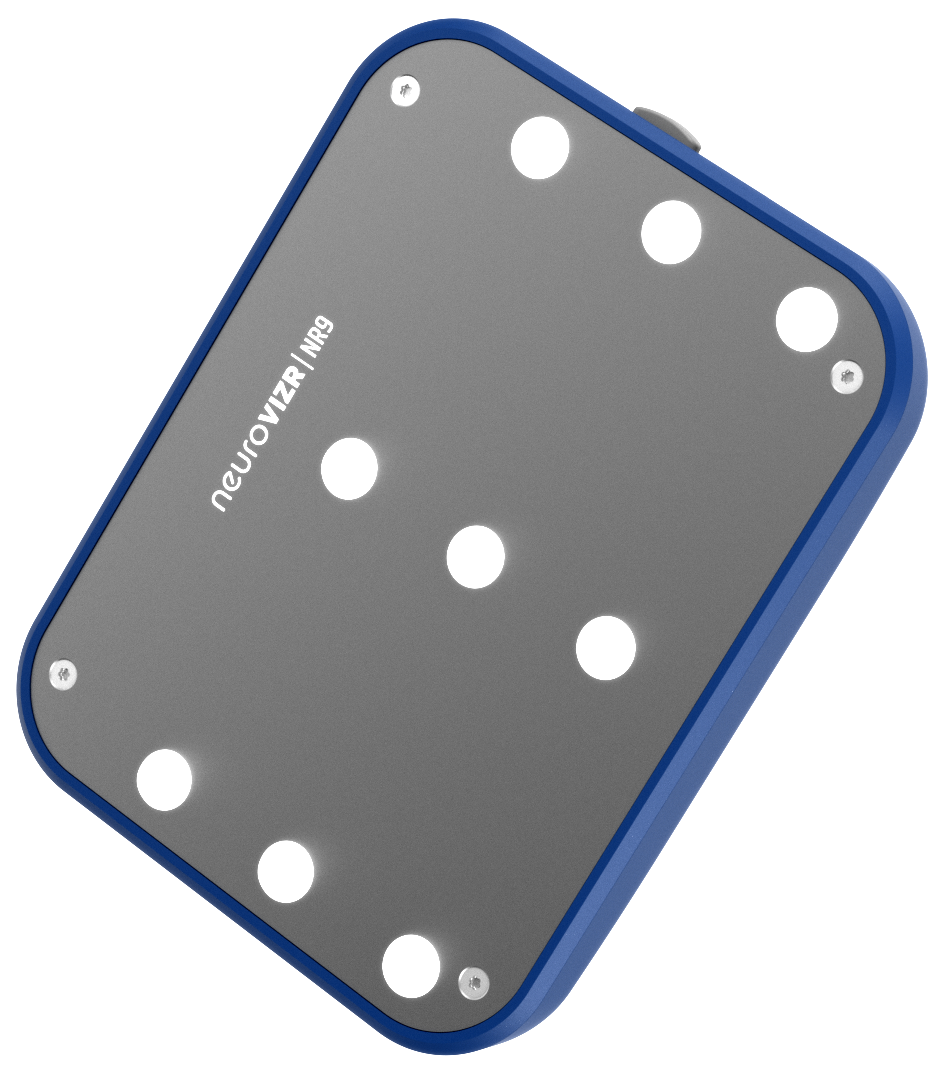

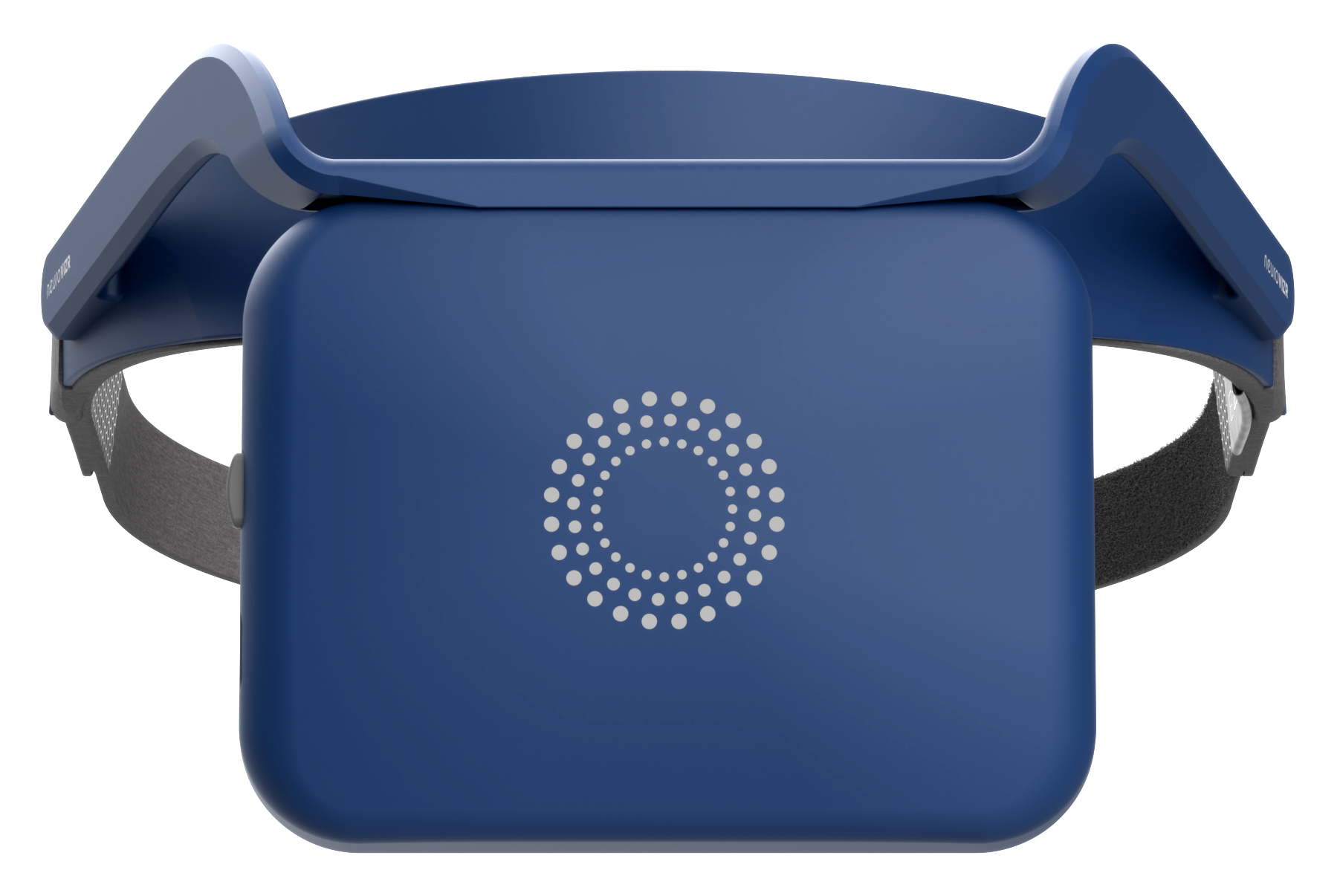


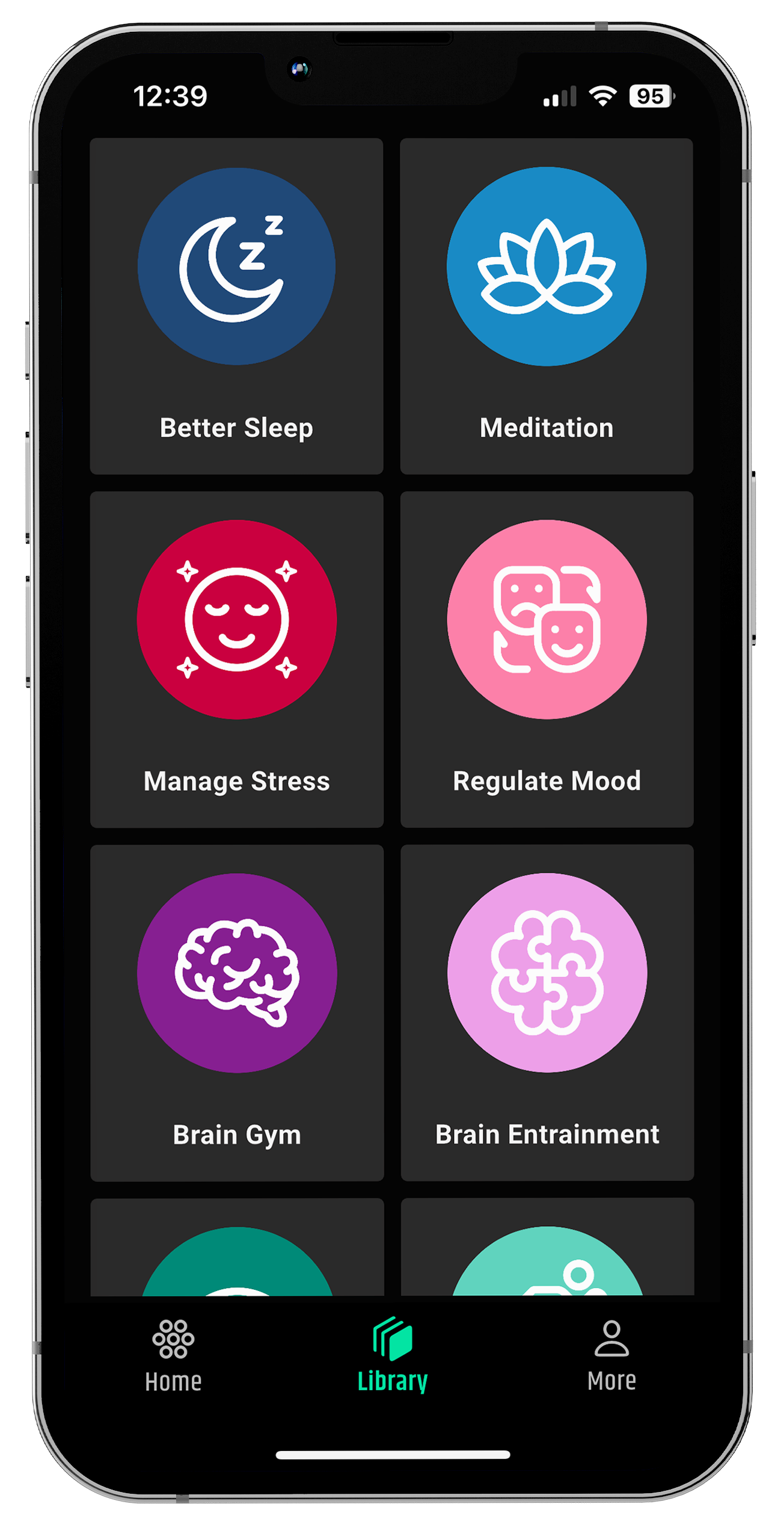







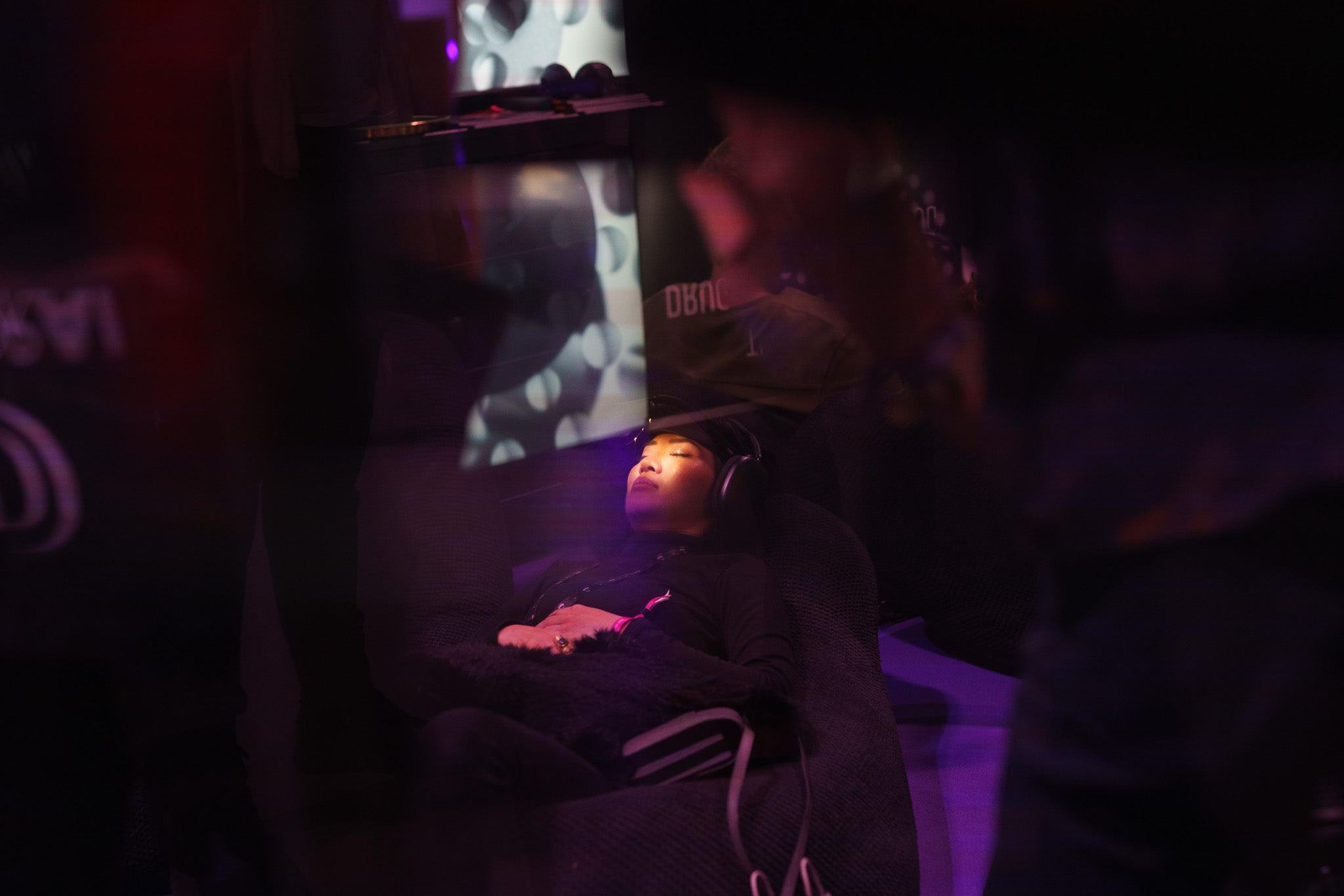




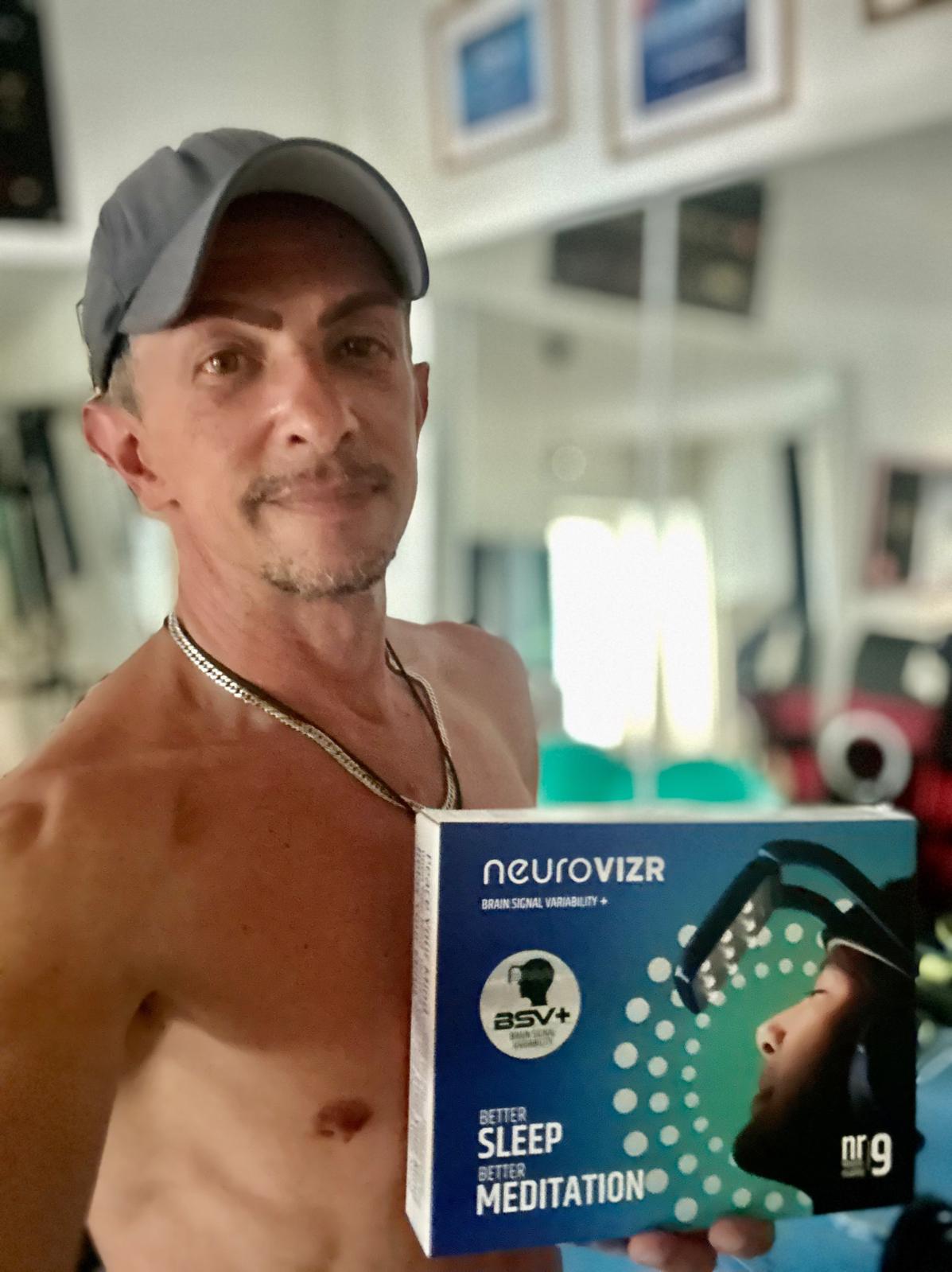
Partager:
Movember - Men's Health Awareness Month 2025
What are the 17 Symptoms of Complex PTSD